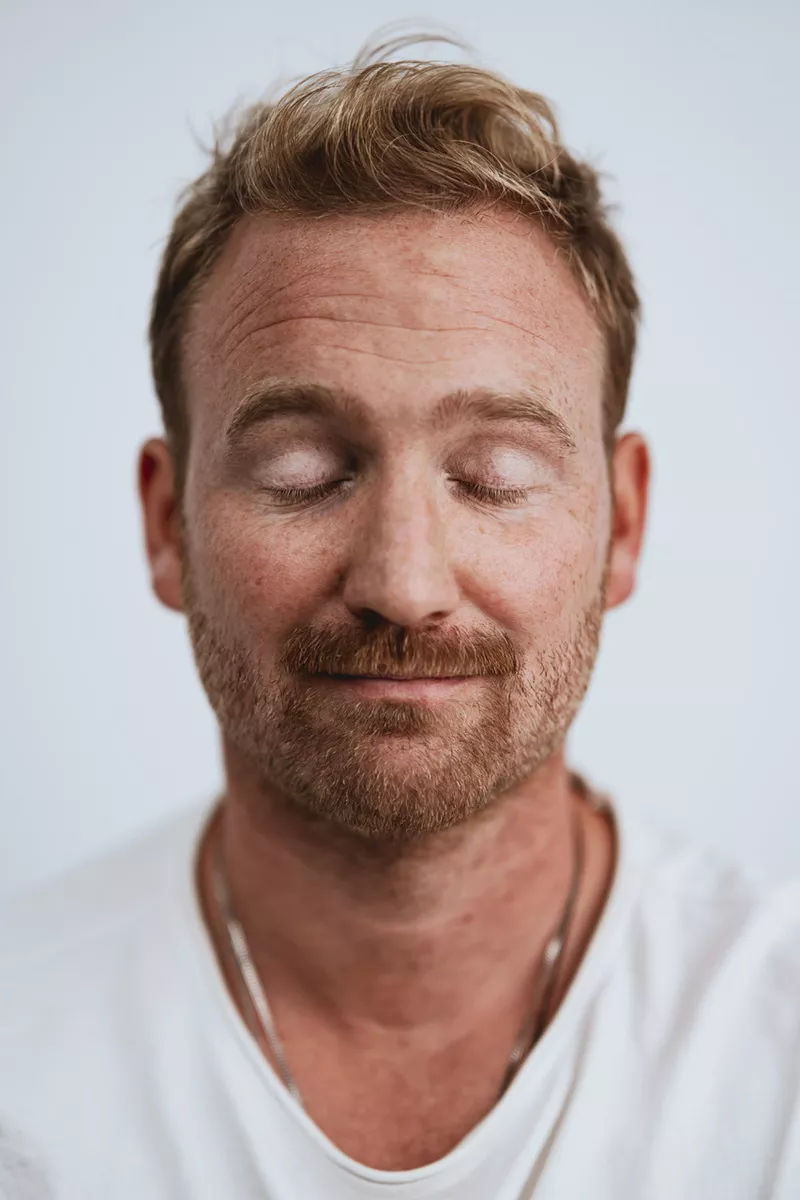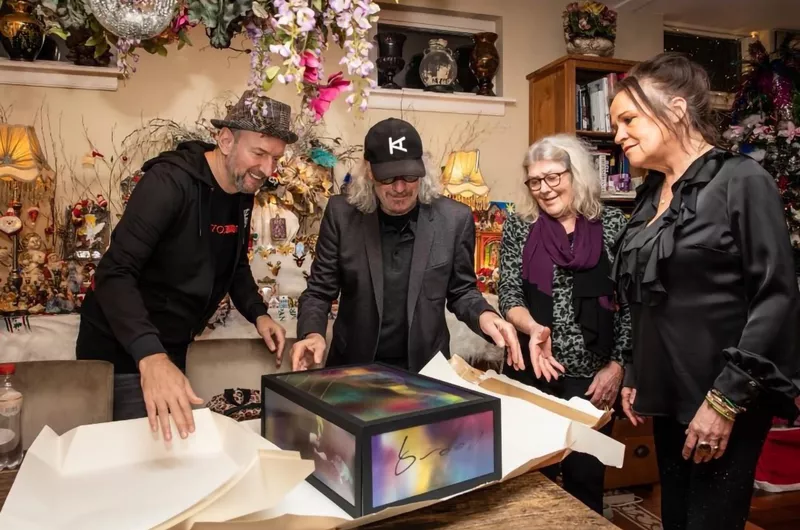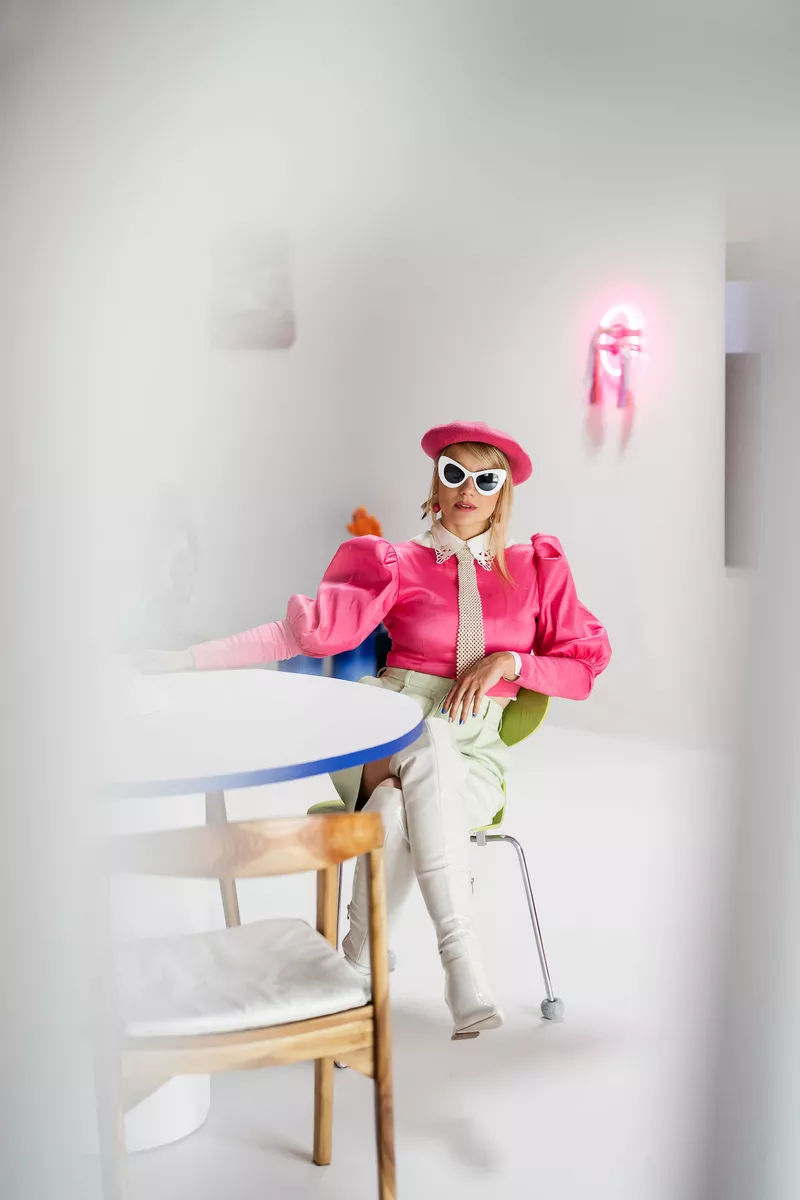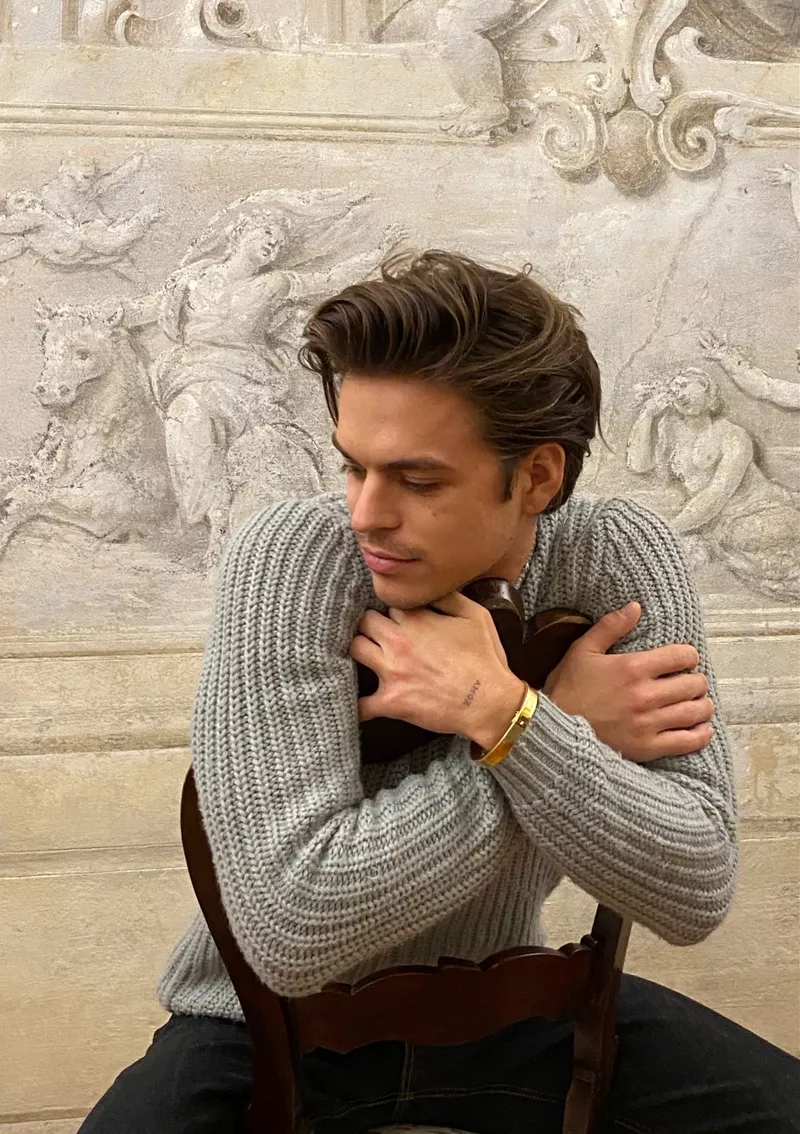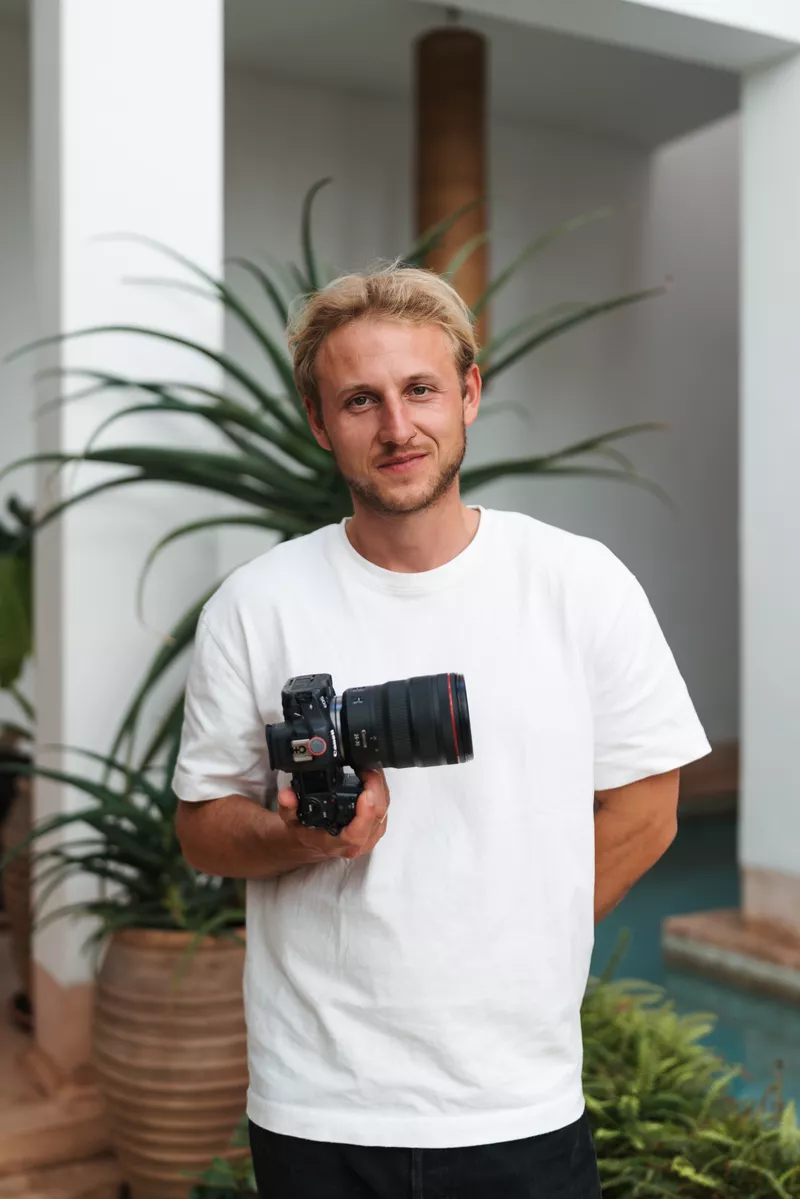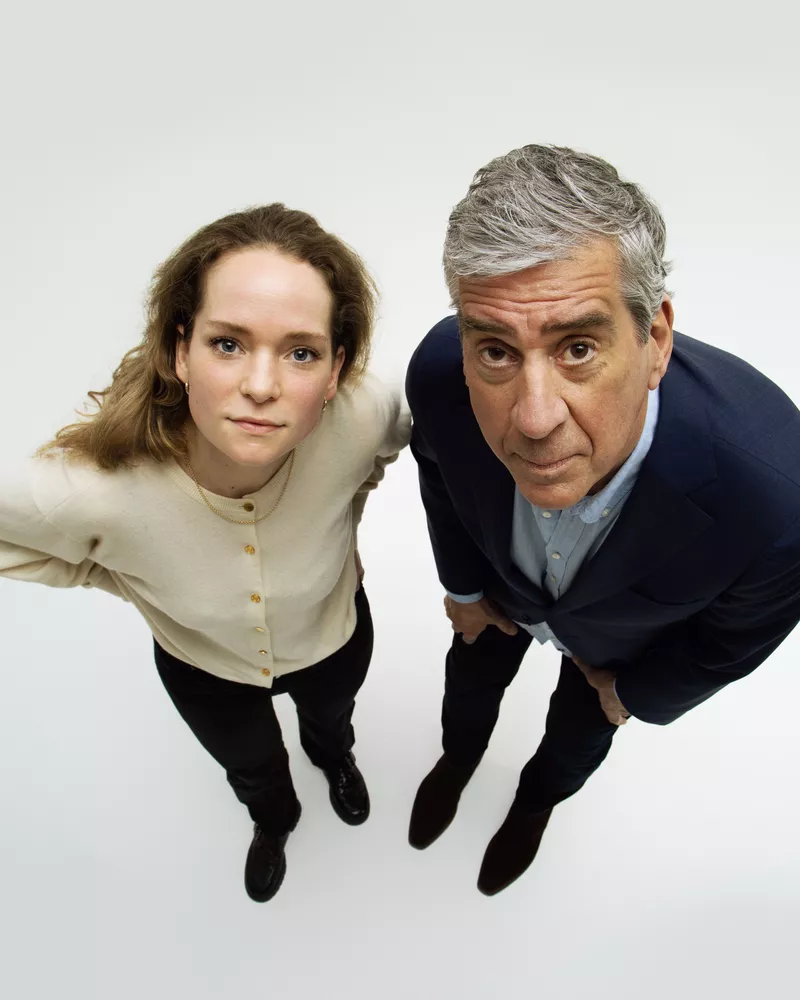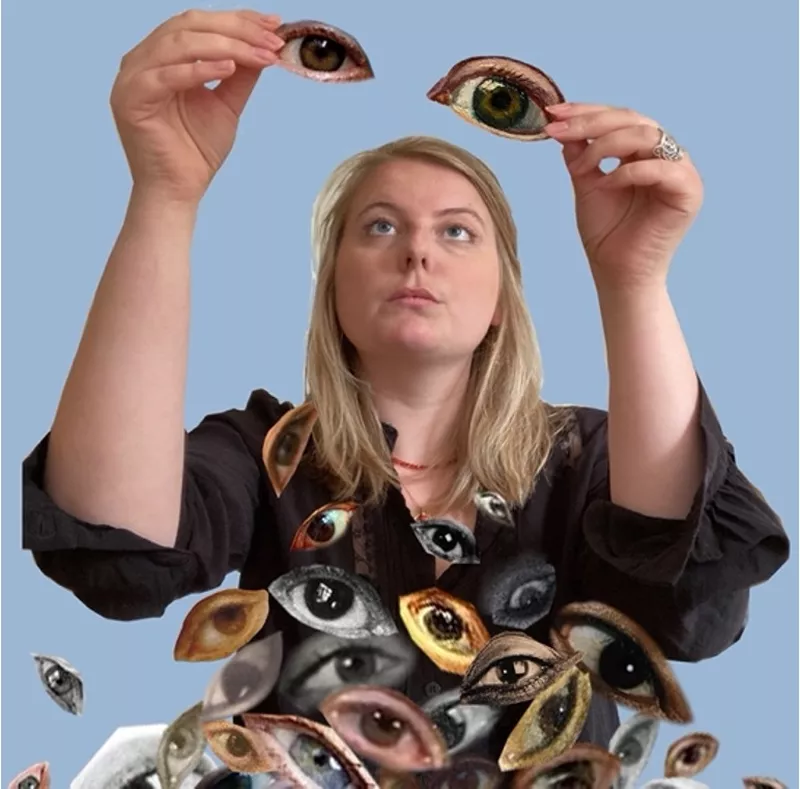
The better you learn to look, the greater the wonder
As an art historian, Binkie Bloemheuvel (31) is trained to observe. During her studies, she learned to examine within a canon of masterpieces and unique images—but that way of looking at art didn’t teach her to develop a personal perspective. Out of a desire to find that personal view, her interest shifted toward applied arts. And toward the maker who observes from everyday reality and combines that with intuition in their work. It’s no coincidence that she encourages her students to observe outside. “If you can pick up on signals and truly look at what’s happening in the street, you can experience wonder. And that sense of wonder is the engine behind all creativity.”
The students I teach are training to become applied artists, designing objects for everyday use—so their work contains social elements. That’s quite different from a painting hanging on a wall. Making truly applied art requires a perspective on society and the future. And you can only look ahead when you’ve gained insight—and that begins in the present. For me, conceptual research starts outside, in the user’s world, where reality quite literally lies on the street. Research can feel daunting to students, but I teach them that it’s not just something dry and academic done behind a computer—it’s about fieldwork, looking, and observing. It means visiting museums and attending events. That’s how you learn to spot patterns, interpret them, and support what you see; it’s learning to see through a different lens. This is the beginning of a new train of thought that leads to a truly personal vision, which is such an essential foundation for the creative process.
Learning to trust in your own vision
For students, it often takes time to learn to trust in their own perspective. According to Binkie, it’s not about whether what you see is right or wrong. “We’re talking about wonder, about self-reflection, and about creating new paths. It’s about stepping into another kind of comfort zone—and naturally, you confront yourself during that process. That can be daunting, but I guide, support, and equip them with tools for seeing.”
The time for one-way communication is over, says the art historian. “Studying art history is about a canon of autonomous art: there’s an artwork hanging on a wall, and we go look at it. Applied arts are still mostly left out of the curriculum, even though movements like Dada and Surrealism had long embraced the multidisciplinary. The canon is a construct—and fortunately, in the museum world, we’ve been seeing more and more of a mix between autonomous and applied art over the past decade. At Tate Modern in London, for example, textiles are now a fixed part of the collection. So, progress is being made in how we view art. Always through a philosophical lens, and I’m aware of that. That’s why I enjoy teaching so much—students bring in artworks that make me think, ‘I’ve never looked at it that way before.’”
You can train the eye
“I used to hear that art history wouldn’t lead anywhere, but this program changed the way I see things—for life. From there, I developed a desire to see like a maker and to become more of a maker myself. That’s what led me to teaching—and to writing. After all, language is also an artistic way to reflect the everyday: I write about the themes I see on the street.
I’ve only just realized that all the terms I’ve been using here relate to the eye: perception, insight, vision, viewpoint, and visualization. It all comes back, in the end, to looking. And that eye—you can train it.”
Binkie Bloemheuvel (31) is a Trend course instructor at Artemis, an art historian, and a freelance writer.
She is currently working on her debut novel.
Business Network
OUR CONTACTS IN THE CREATIVE INDUSTRY
Learn more about which companies and professionals Artemis Academie collaborates with. There are inspiring guest lectures, amazing internships and excellent mentors from the field.
BECOME PART OF THE ARTEMIS BUSINESS NETWORK
It works both ways.
Share your experience and stories with a hungry new generation. You get sharp questions and fresh perspectives in return. Contact us for a collaboration, internship, case study, position as a guest lecturer or a lecture.

Alumni network
PART OF SOMETHING BIGGER
Our alumni work in the most inspiring and varied places in the creative industry. Wondering where you might end up someday? Read more about how our alumni experience the study programme, internships and their current work.




